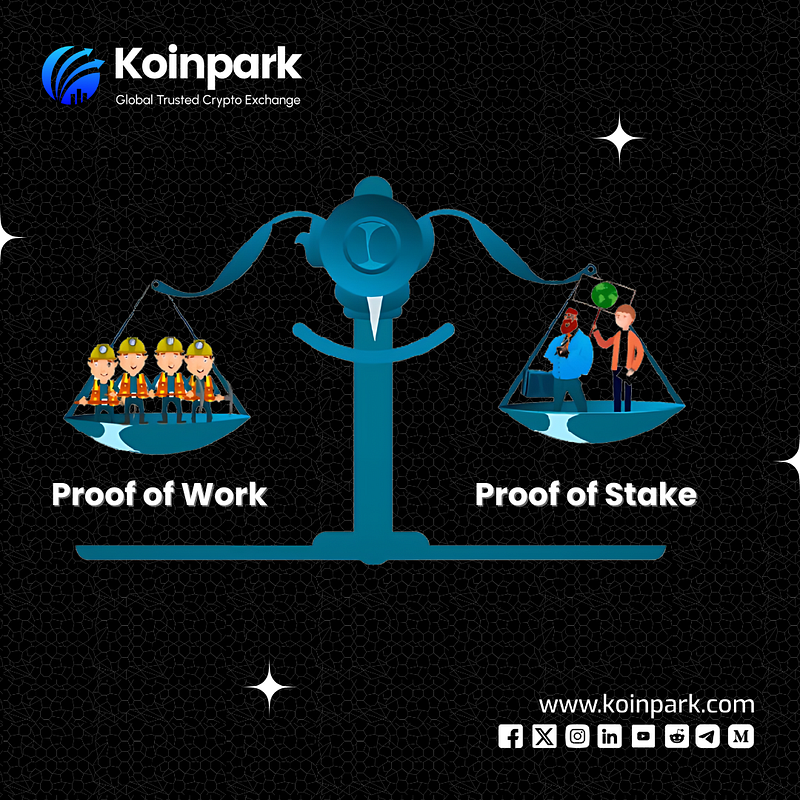Introduction:
Before exploring the concept of staking, it’s vital to grasp the basics of the Proof of Work (PoW) consensus model, famously used by Bitcoin. This model plays a crucial role in maintaining the accuracy of transaction records across the network.
However, while PoW ensures security and integrity, it has its drawbacks, primarily in energy consumption and accessibility for average users. To address these issues, the Proof of Stake (PoS) model offers a more energy-efficient and equitable solution.
What is Proof of Stake?
Proof of Stake Explained: At its core, Proof of Stake is a consensus mechanism that selects validators in a more energy-efficient manner compared to Proof of Work. As collateral, validators are required to “stake” a specific quantity of bitcoin.
They get paid for properly validating transactions, and these benefits are frequently in the form of extra coins. Incorrect validations, however, can lead to penalties, including the loss of a portion of their staked coins.
The Selection Process for Validators: The process of choosing validators in a PoS system aims to minimize energy waste and ensure fairness. It often favors those with a larger stake, as they have more to lose, but may also consider the duration of the stake.
To prevent bias towards wealthier participants, a degree of randomness is introduced into the selection process. This approach incentivizes validators to act honestly while promoting energy efficiency.
The Risks of Staking Cryptocurrency:
Locking Periods: When you stake your cryptocurrency, it enters a “locked” state, rendering it immovable for a predetermined period. This lack of liquidity represents a risk, as market conditions can change dramatically in the meantime.
Technical Knowledge Required: Staking isn’t always straightforward. It can require a significant technical understanding, including setting up and maintaining validation processes.
Validator Commissions: If you opt to delegate your staking to another party, you’ll likely pay a commission. This fee can eat into your profits, and there’s always a risk the party could abscond with your funds.
Reward Duration Variability: The time it takes to receive staking rewards can vary widely depending on the network, making it essential to research payout times before committing.
Risks of Incorrect Validation: While rare, there’s a chance of being penalized for a validation error even if you acted correctly, adding an element of risk to staking.
Why Stake Your Cryptocurrency?
Despite the risks, staking offers a way to earn rewards on your cryptocurrency holdings, providing an incentive beyond the potential appreciation of the asset itself. It’s a crucial component of the PoS model, helping to secure the network while distributing new coins in a more energy-efficient manner than PoW.
The Role of Exchanges in Cryptocurrency Staking:
For those wondering how to buy Bitcoin in India or looking for the best exchange to buy Bitcoin in India, it’s worth noting that many global cryptocurrency exchanges now also support staking. These platforms offer a convenient way to acquire cryptocurrencies like Bitcoin and participate in staking, converting Bitcoin to Indian Rupees, or using BTC to stake and earn rewards. When choosing an exchange, consider its reputation, security features, and whether it supports the coins you’re interested in staking.
Conclusion:
Proof of Stake represents a significant evolution in the way blockchain networks achieve consensus. It addresses many of the inefficiencies and inequities associated with Proof of Work, offering a more sustainable and accessible model for maintaining blockchain integrity. Whether you’re looking to buy BTC or explore staking opportunities, understanding the risks and benefits of PoS is essential for anyone participating in the cryptocurrency ecosystem.




.png)

Comments